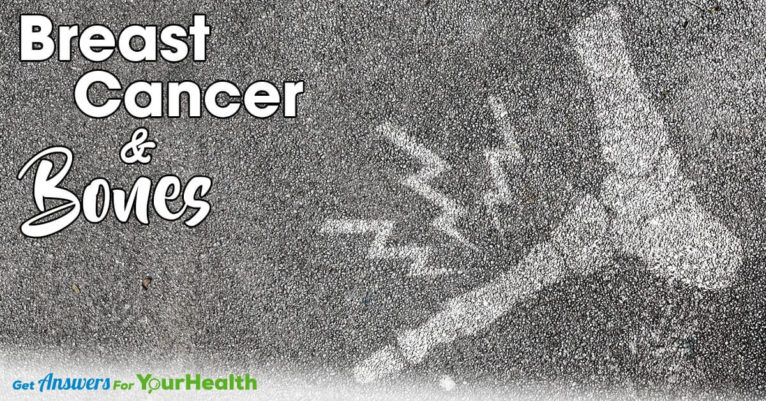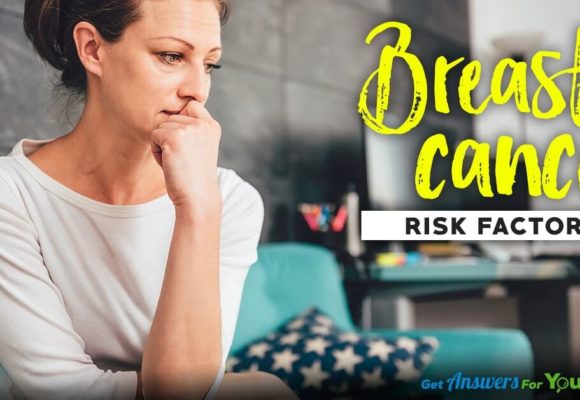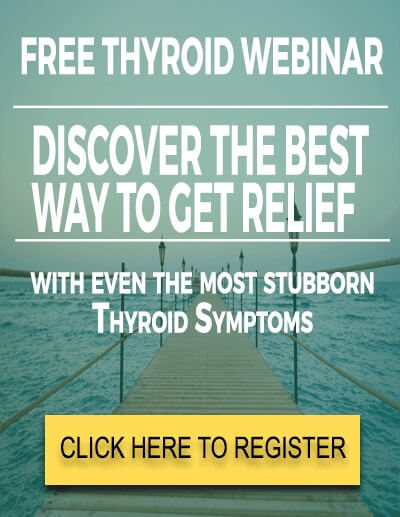1) Grab a FREE copy (Value $14.95) of one of my books Thyroid Symptom Overload
Just pay shipping $7.95 for any US orders. Or, if you want to pay full price plus shipping, order from Amazon :)
2) Take our Thyroid Quiz today and find out what "Thyroid Type" you have
This quiz will help you quickly discover where your symptoms are stemming from.
3) Join Our Thyroid Advocate Membership Site - Natural Thyroid Academy
FREE for a limited time. No credit card required.
4) Work with me and my team privately
Schedule your FREE 15 minute phone consultation and we can find out the best way to help you specifically.
Breast cancer directly influences bone strength and mineral density, predisposing bones to osteoporosis. The increased incidence of osteoporosis associated with breast cancer is a matter of concern. To address osteoporosis as a side effect of breast cancer and its treatment, it is imperative to understand the relationship between the cancer and the bones. Breast cancer can weaken the bones. So, it is very crucial to take measures before osteoporosis.
What Is Osteoporosis?
Osteoporosis can be literally defined as bones being porous. Normally bones are made of an outer shell or hard covering, and inside the shell. The bones contain a protein called collagen, along with salts and minerals. The bone, also known as trabeculae, resembles a honeycomb.
When the lining of the compartments get thinner and the pores get broader, bones start to lose its strength. There are no signs and symptoms of osteoporosis, however, the weakened bone is more prone to fractures.
Shared Cause Of Osteoporosis And Breast Cancer:
Breast cancer occurs more frequently in old age women, predominantly in women older than 50 years of age. Old age directly influences bones and causes osteoporosis. The reason is that osteoporosis occurs mainly as a result of normal aging.
Age related bone loss is also known as sarcopenia. Although, it is not possible to reverse the bone loss, yet with strength training exercises, the bone loss can be prevented appreciably.
Another mutual cause of osteoporosis and breast cancer is the female sex hormone known as estrogen. The opposite effects of estrogen on breast cancer and osteoporosis makes it difficult to treat both the disorders simultaneously.
Overview Of How Estrogen Affects Breast Cancer And Osteoporosis:
Estrogen is a female sex hormone. It is also present in males but in a minute quantity. The main function of estrogen is to regulate the menstrual cycle and pregnancy. Also, it is responsible for the development of secondary sex characteristics in women like the development of breast tissue. An additional function of estrogen hormone, that cannot be neglected, is the maintenance of bone mineral density. In the optimal quantity estrogen regulates all of its functions effectively, including breast development and maintaining bone mineral density. However, increased amount of estrogen can cause breast cancer and less amount of it can cause osteoporosis.
- Estrogen And Breast Cancer:
Estrogen hormone is responsible for the breast cells to divide and multiply. This causes the development breast tissues in the growing woman. A number of mechanism ensures the check and balance on the breast cells growth and division. When estrogen hormone is produced in large quantities, it may predispose the breast cells to cancer. Especially when the mechanisms for the counterbalance get disrupted due to mutation.
High level of estrogen hormone causes the breast cells to divide and grow more rapidly. Due to the formation of undifferentiated and a large number of aggregated abnormal cells, breast cancer ensues. Simply put, more estrogen can cause breast cancer to develop.
- Estrogen And Osteoporosis:
One of the many important functions of estrogen hormone is to maintain bone mineral density. The chief role of estrogen on bone strength and mineral density is by its influence on osteoblasts (bone forming cells) and osteoclasts (bone resorbing cells). Basically, estrogen has a predominant role on osteoclasts, i.e. it prevents bone resorption.
Osteoclast apoptosis (death of cell resorbing cells) is mediated by estrogens. Less amount of estrogen results in increased amounts of osteoclast cells. In turn, this causes increased bone resorption decreasing the strength and mineral density of bone. Simply put, less estrogen causes osteoporosis.
Breast Cancer Treatment And Osteoporosis:
As mentioned earlier, older age predisposes women to both breast cancer as well as osteoporosis. The treatments for breast cancer accelerates this deteriorating effect on bones. Chemotherapy, surgery and medicines for the treatment of breast cancer cause increased osteoporosis incidence.
- Chemotherapy:
- Chemotherapy, used to treat breast cancer, has a detrimental effect on bones. Basically, chemotherapy impairs the production of estrogen hormone. This effect is needed to treat breast cancer as excessive estrogen is responsible for the development of breast cancer.
However, the impairment of estrogen hormone has negative effects on bone. Decreased estrogen hormone in blood causes increased osteoclastic activity. This leads to the development of osteoporosis.
- Also, chemotherapy causes earlier menopause in some women. Normally, after menopause, estrogen is not produced by the ovaries as estrogen hormone is no longer needed (as uterus cannot conceive and the secondary characteristics including breasts are already developed). This is also the reason why in postmenopausal women, bone strength declines exponentially. Due to chemotherapy induced early menopause, women greatly suffers from osteoporosis.
- Research also show that women who have had chemotherapy in the past suffer from osteoporosis to a greater extent after menopause than women who never had chemotherapy.
- Ovarian Suppression:
Ovaries are responsible for the production of estrogen hormone. Ovarian suppression is caused due to the removal of ovaries in the surgery or if the ovaries stop working (temporarily or permanently) because of the consequences of breast cancer treatment (like hormonal therapy or radiation therapy). This causes decreased estrogen synthesis, which helps in controlling breast cancer. But at the same time, low level of estrogen leads to osteoporosis.
- Aromatase Inhibitors:
- Aromatase inhibitors (like letrozole) are used to treat breast cancer, especially in postmenopausal women. These drugs decrease the circulating estrogen in the blood to treat breast cancer. With the positive effect on breast cells, it also predisposes bones to osteoporosis.
- Aromatase inhibitors are also used in some premenopausal women, to treat breast cancer, along with the ovarian suppression. These two interventions greatly reduces the bone mineral density.
- The extent of osteoporosis also depends on the condition of bones before the treatment of breast cancer. Healthier bones tend to lose their strength lesser than the weak bones.
- Selective Estrogen Receptor Modulators (SERM):
- Selective estrogen receptor modulators are a class of drugs that bind to estrogen receptors. They are different from traditional estrogen agonists (causing the same effect as of estrogen) and estrogen antagonists (causing opposite effect as of estrogen). SERM’s act both as agonists and antagonists at the same time, for different receptors. Tamoxifen is one of the most widely drugs used. It binds to estrogen receptors in breast cells (causing antagonist effects) and estrogen receptors in bone cells (causing agonist effect).
- In premenopausal women, tamoxifen causes slight deterioration of bones. However, risk of osteoporosis is considerably low until ovarian suppression is done simultaneously to treat the breast cancer. The chances of osteoporosis are still high if you are younger than 45 years of age or your menses (periods) have stopped for almost a year.
How To Know Bones Are At Increased Risk For Osteoporosis?
It is best to have a screening on your bone mineral density before a fracture occurs. A bone mineral density (BMD) test is used to measure the mineral density of bone. It is a painless and safe test that can predict one’s chances for having a fracture in the future.
Women diagnosed with breast cancer who are undergoing its treatment needs to be vigilant about their bone changes. These women should especially consult their doctor to know whether they are a candidate for bone mineral density test or not.
What Can You Do To Maintain Your Bone Mineral Density?
Breast cancer is a deadly disease that needs to be treated as early as possible. Even though the cancer treatment significantly causes osteoporosis, the goal of treatment is to eliminate cancer. However, there are some steps you can take to reduce the risk and incidence of osteoporosis.
- Diet and Nutrition:
There exists a link between breast cancer and diet, as a healthy diet can reduce the risk of breast cancer. After the development of cancer, there is an increased demand of nutrition by the body. It is because the tumor cells compete, for the nutrients, with the healthy cells.
Also, tumors can cause a decreased metabolism in the body. In turn, this increases the need to supplement the body with the required nutrients. However, which specific foods decreases the chances of breast cancer is still unclear.
Vitamin D and calcium are the most important nutrients for the body to maintain bone mineral density, at the same time it proves to be beneficial for breast cancer as well. On the other hand, Vitamin D is important for this calcium absorption. Calcium increases bone mineral density and makes the bones strong.
- Physical Activity And Exercise:
Just like muscles in our body, bones are also made of living cells that respond to exercise and become stronger. Also, women having breast cancer benefit from exercise, predominantly younger women. A little activity is better than no activity at all. So, it is important to engage in regular physical activity.
Bones most benefit from resistance training, in which, movement in done against the gravity. It includes activities like climbing stairs, walking, dancing etc. Regular engagement in exercise is the most beneficial for your bones as well as breast. However, restrain from doing heavy exercise as it damages the tissues. Talk to your doctor for initiating a safe and healthy exercise training program.
- Healthy Lifestyle:
Smoking and alcohol consumption are two unhealthy lifestyle factors that negatively impacts both, bones and breast. Smoking interferes with the absorption of calcium from the diet and into the bones. This causes decreased mineralization and consequently weakening of the bones. Alcohol also elevates the risk of fractures due to poor nutrition and increased falls incidences. Alcohol not only causes weakening of bones but also increases the chances of having breast cancer.
- Medication:
Although there is no cure for osteoporosis, certain medications help in controlling and preventing osteoporosis (it is strictly advised to consult your doctor before taking any medicines). Bisphosphonates are a class of drugs that is used to treat osteoporosis. The use of these drugs has also demonstrated successful outcomes in the treatment of breast cancer.
Another class of drugs, SERM’s, are useful to treat osteoporosis as well as breast cancer. However, in some premenopausal women, SERM’s can slightly raise the risk of breast cancer.
Conclusion:
Due to the estrogen’s role both in breast cancer and osteoporosis, women going through breast cancer treatment are at increased risk for osteoporosis. These treatment regimens for breast cancer intervention cause weakening of bones. It may include chemotherapy, radiotherapy, ovarian suppression and medications. Therefore, it is imperative to address osteoporosis side by side. Please speak with your primary doctor about any personal concerns.
References:
http://www.breastcancer.org/tips/bone_health/breast_cancer
https://www.nccn.org/patients/resources/life_with_cancer/treatment/bone_health.aspx
http://www.webmd.com/breast-cancer/breast-cancer-and-osteoporosis#3








